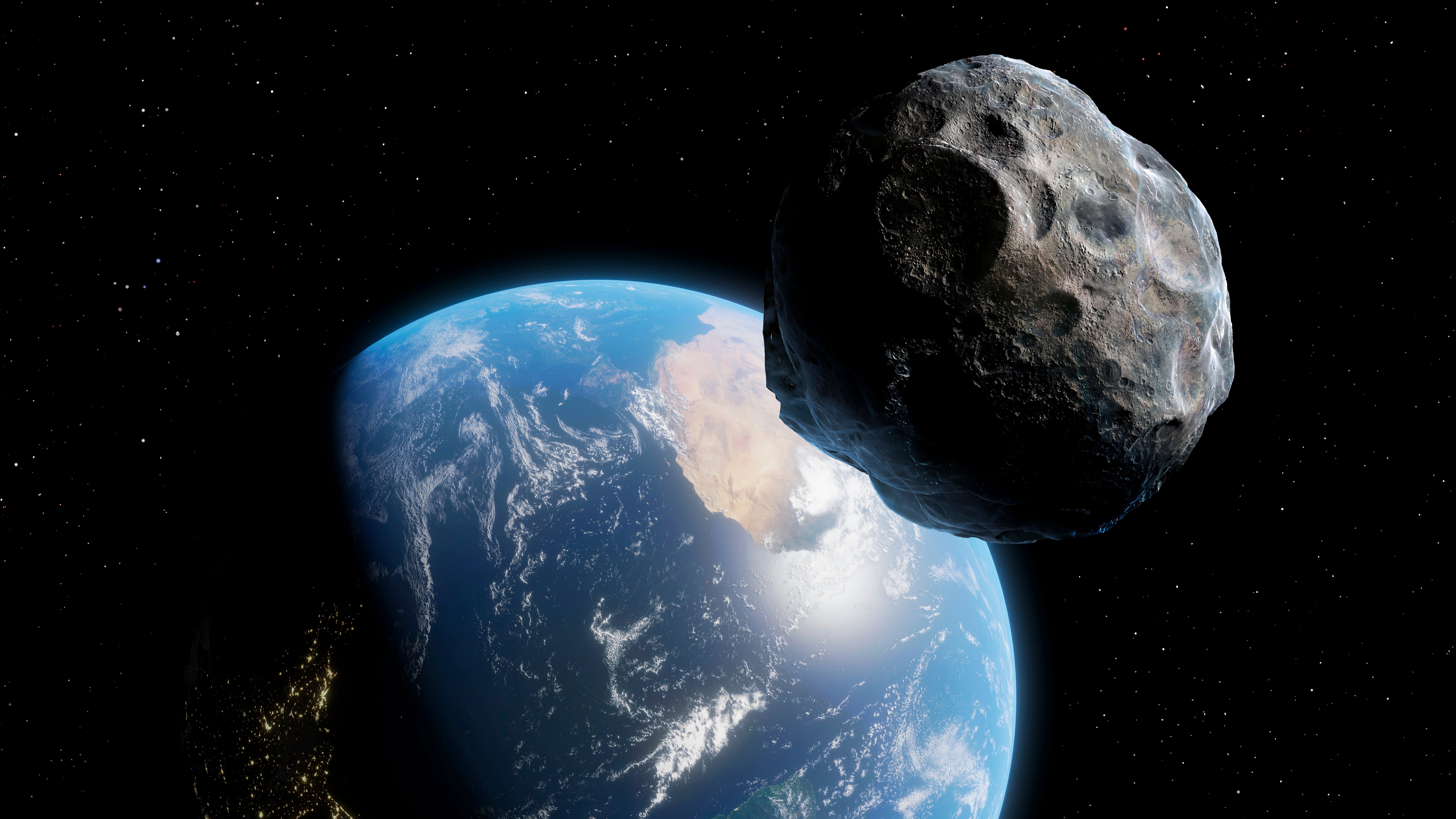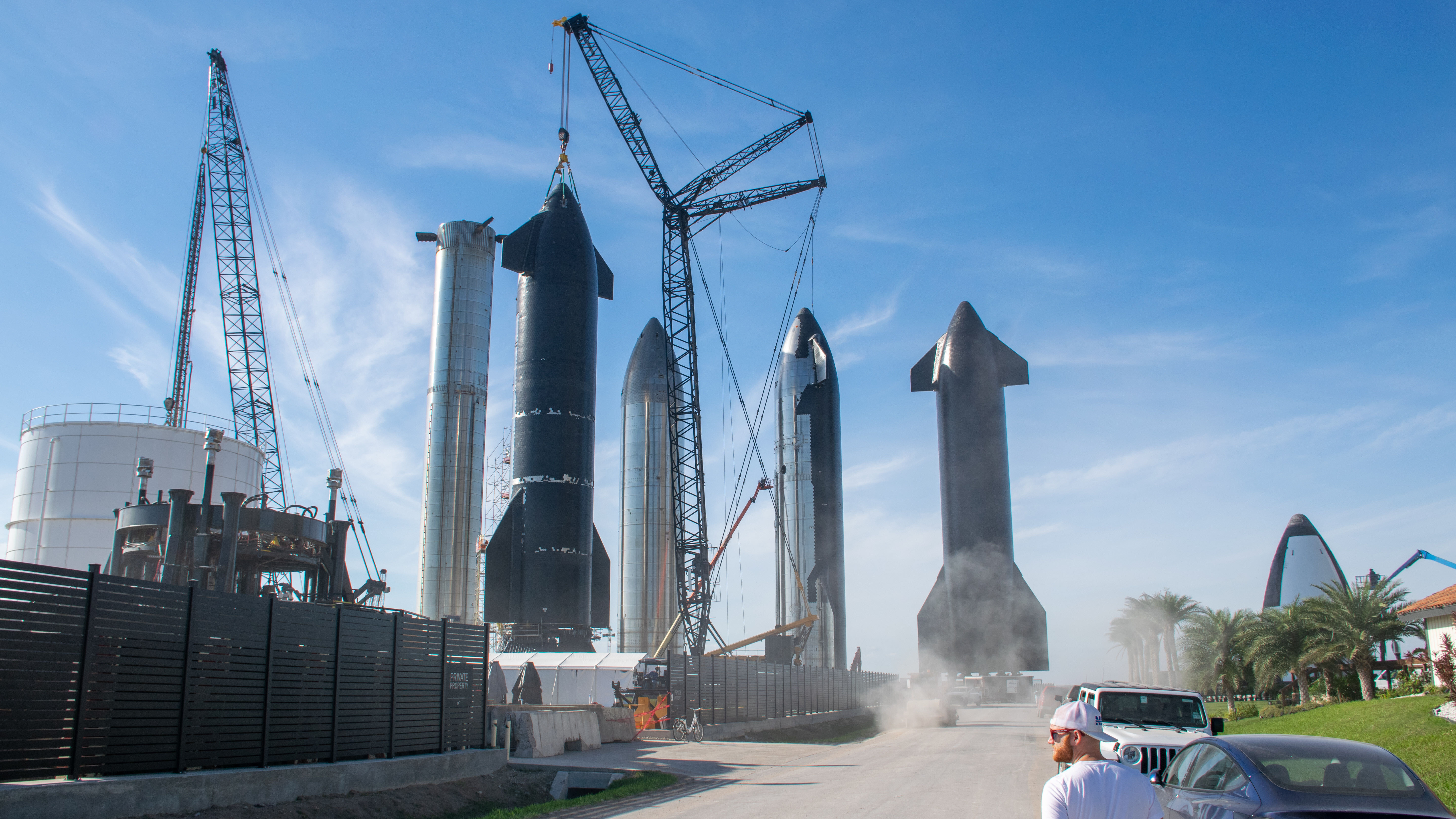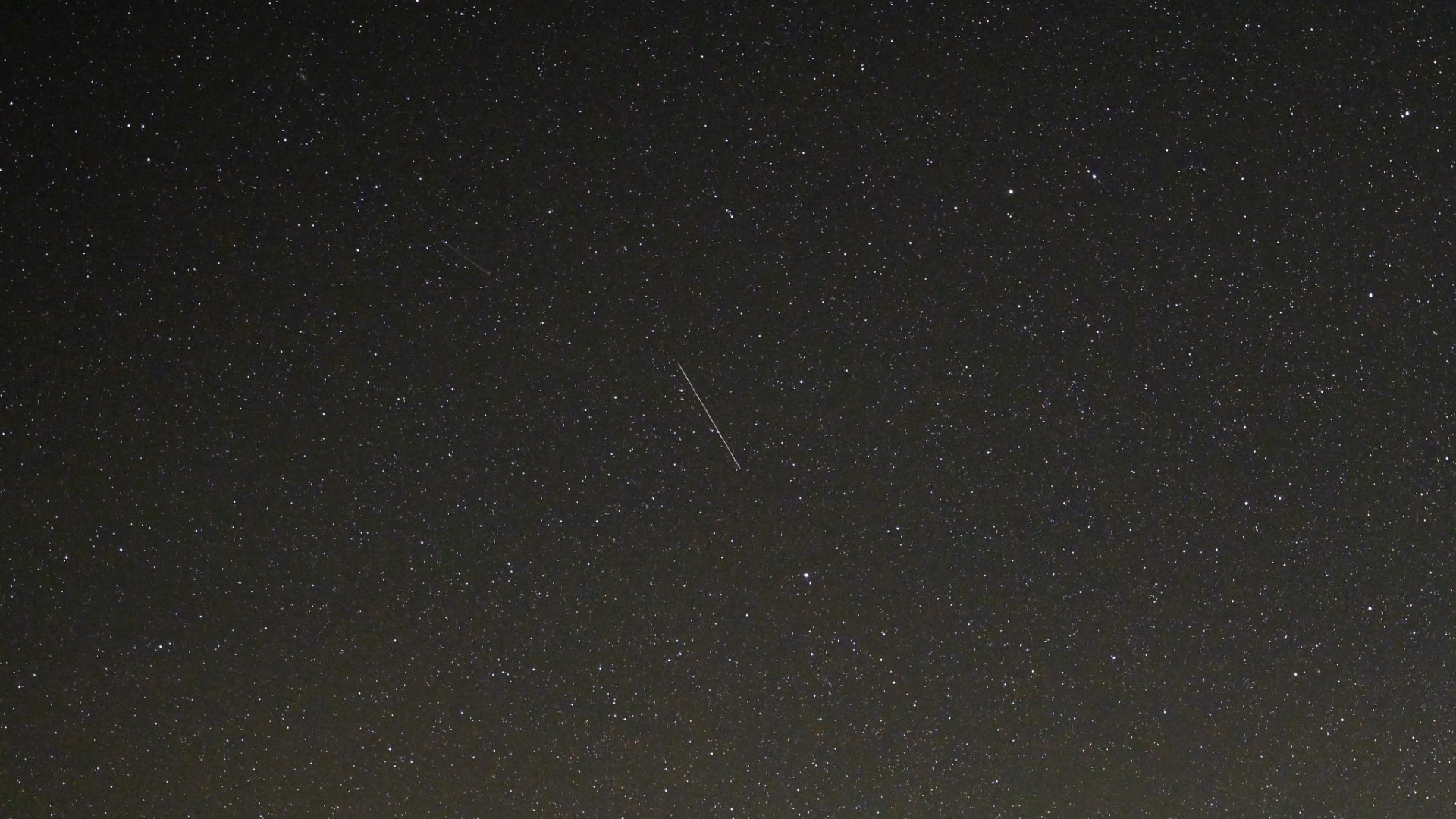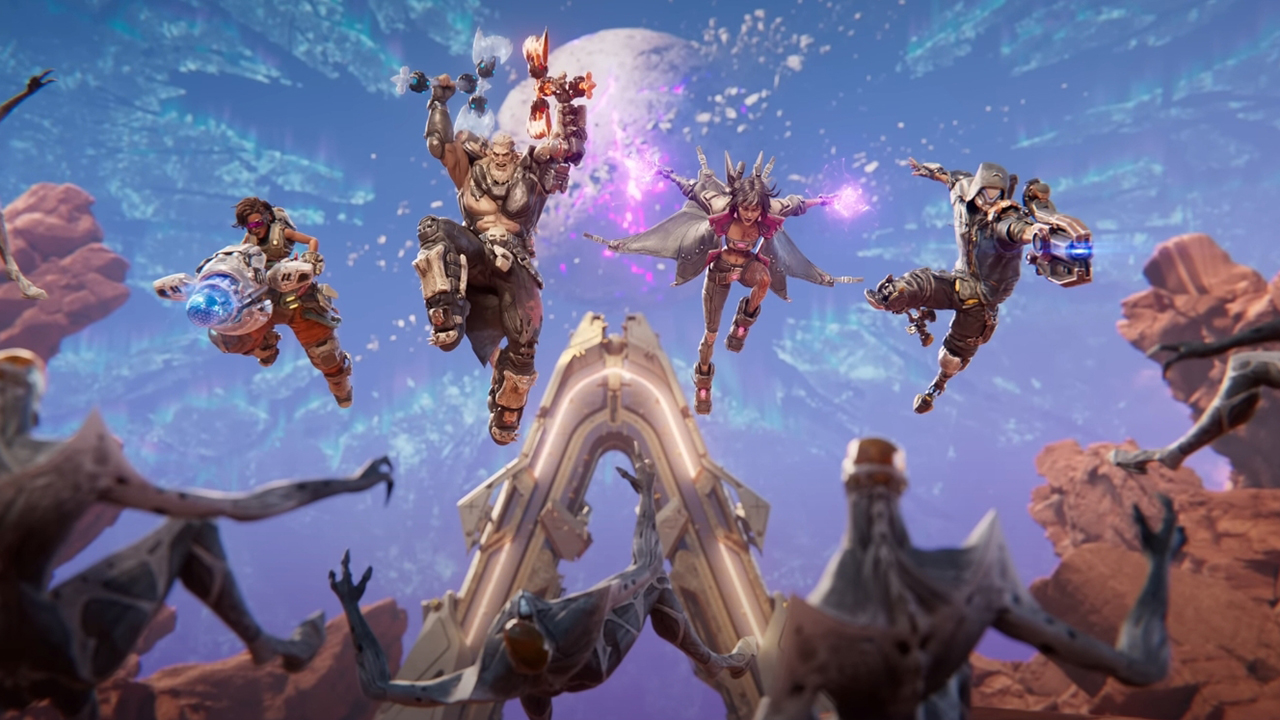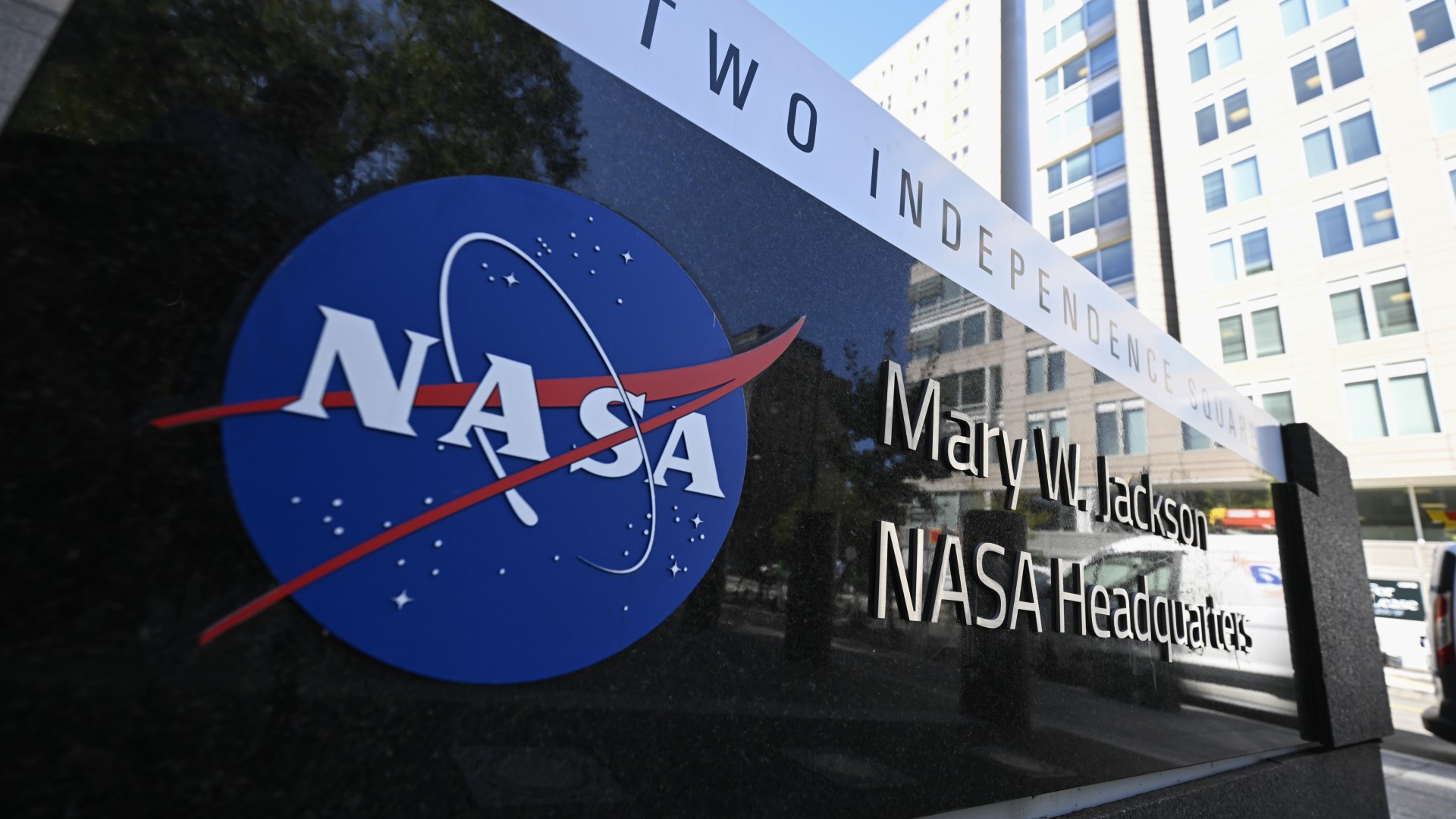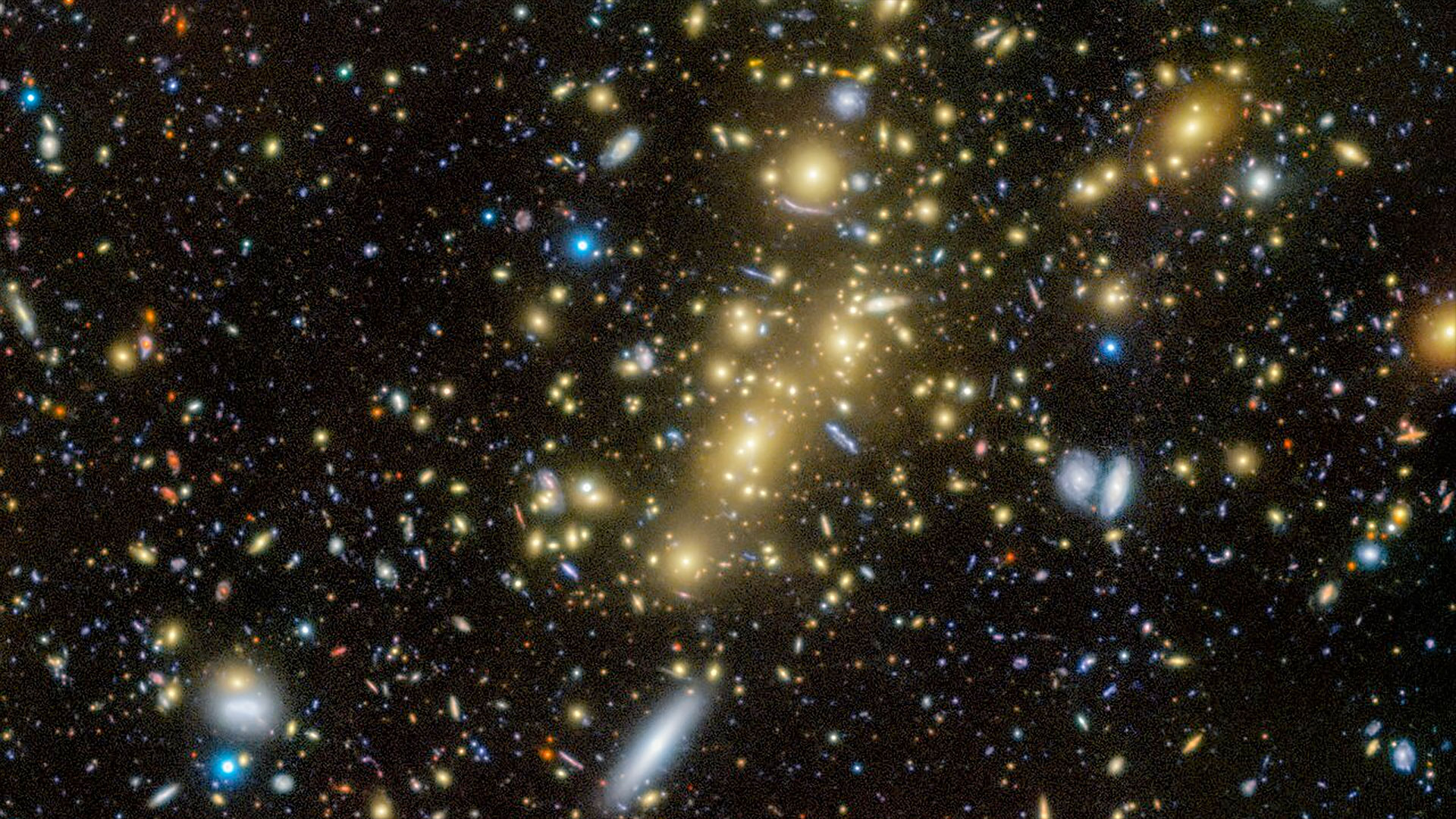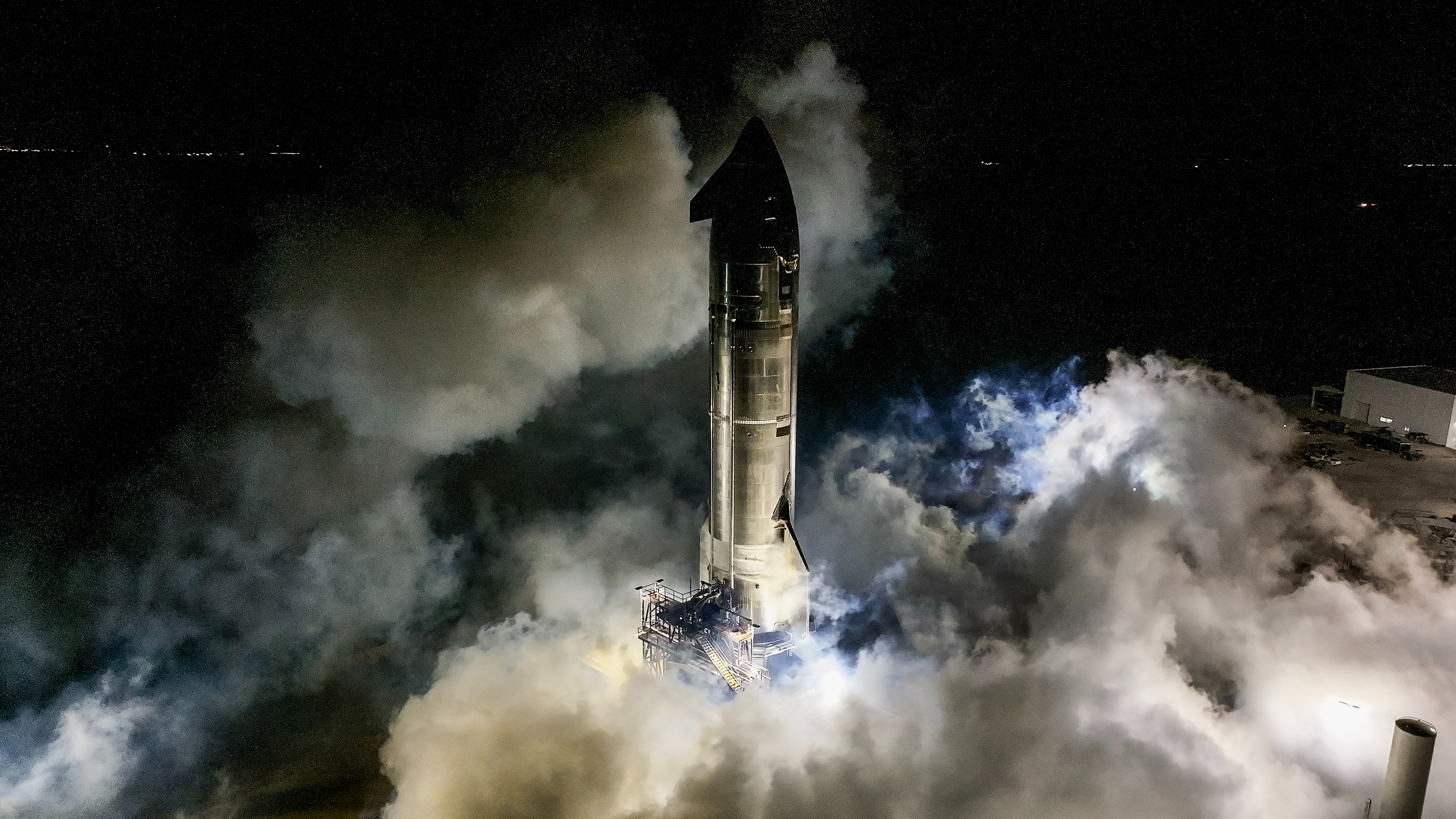
Prospecting on the Moon: Russia, Europe to Hunt for Lunar Ice
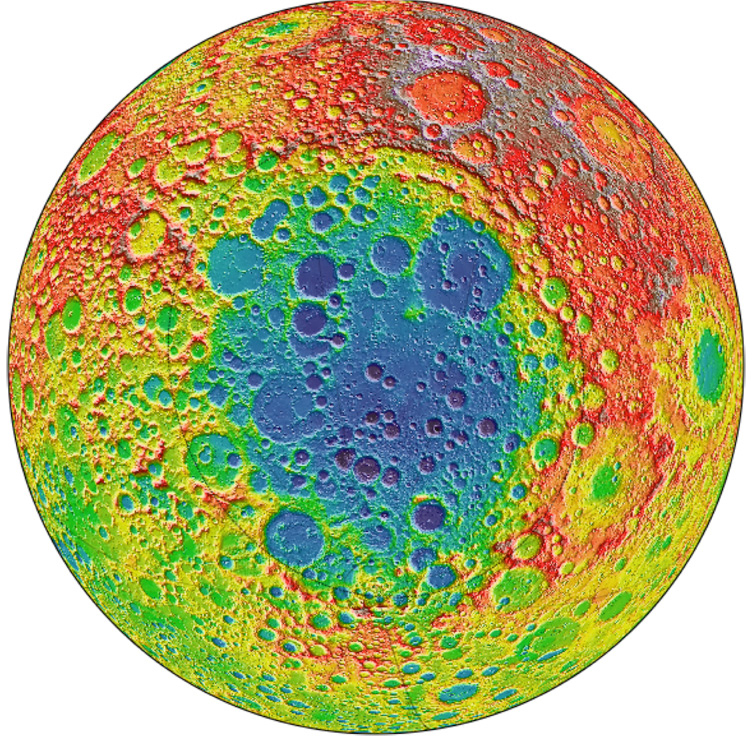
The European Space Agency (ESA) and Russia are working together to investigate the moon's resources — specifically, water ice and other volatiles at the lunar poles.
ESA is developing a drilling and sample-analysis payload called the ePackage for Resource Observation and in-Situ Prospecting for Exploration, Commercial Exploitation and Transportation (PROSPECT), which will fly to the moon aboard Russia's Luna 27 mission in the 2022-2023 time frame.
PROSPECT aims to assess potential resources on the moon and help prepare technologies that may be used to extract these resources in the future, ESA officials have said. The project will enter its detailed design phase, known as Phase C, at the start of 2019. [Photos: The Search for Water on the Moon]
On Aug. 10, ESA released an "announcement of opportunity" for membership in the PROSPECT science team. The opportunity is available to researchers working in ESA member states..
The Luna 27 mission is being orchestrated by Russia's federal space agency, Roscosmos. Luna 27 features aa lander that's expected to touch down at then South Pole-Aitken basin, an unexplored area on the far side of the moon.
Assessing resources
PROSPECT's drill, known as ProSEED, will nallow the payload to snag subsurface samples, which are expected to contain water ice and other chemicals that can become trapped in the frigid South Pole-Aitken basin. Subsurface temperatures there typically reach minus 240 degrees Fahrenheit ( minus 150 degrees Celsius) and can get lower than minus 330 degrees F (minus 200 degrees C) in some areas.
These samples will then be passed to an onboard chemical laboratory dubbed ProSPA and heated to temperatures of up to 1,830 degrees F (1,000 degrees C) to extract cold-trapped volatiles. This will test processes that could be applied for resource extraction in the future, ESA officials hav said. (A volatile is a substance that changes readily from solid or liquid to a vapor.)
Get the Space.com Newsletter
Breaking space news, the latest updates on rocket launches, skywatching events and more!
Cold-trapped volatiles at the lunar poles are potential resources for human exploration and provide a record of volatiles in the inner solar system. However, scientists don't understand much about rthe origins, distribution, abundance or extractability of these materials, or the processes that put volatiles in place within the Earth-moon system.
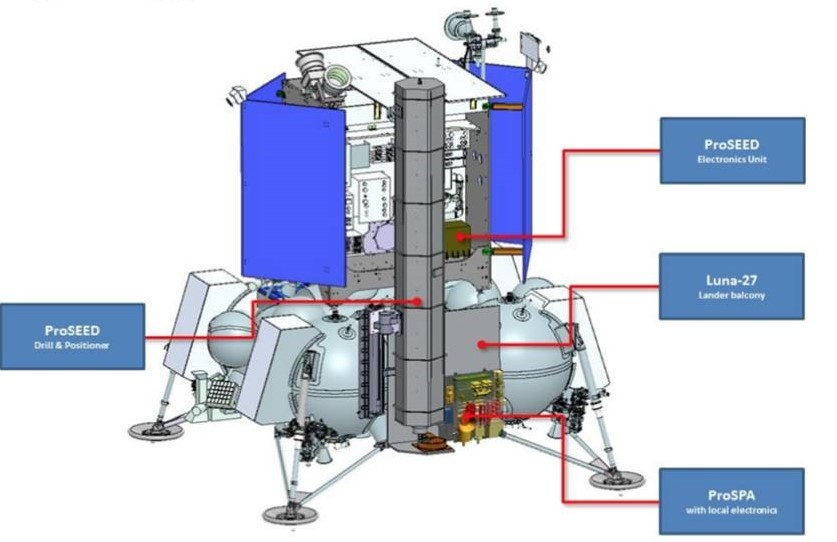
Global effort
PROSPECT is part of a global effort to coordinate prospecting activities at the lunar poles, where extreme-cold conditions can trap water ice. Space exploration planners see these resources as potentially enabling sustainable space exploration..
Luna 27 is part of a grander roster of moon orbiters, landers, rovers and return-sample spacecraft planned by Roscosmos.
The Russian space agency reportedly aims to launch an earlier mission, Luna 25, very soon, perhaps next year. ESA's contribution to Luna 25 includes PILOT-D, a demonstrator "terrain-relative navigation" system. This will act as a precursor to PILOT, which is the navigation and hazard detection and avoidance system included on Luna 27.
Also in the works are Luna 26 in 2022, Luna 27 in 2022-2023, Luna 28 in 2024 and Lunas 29-31 in 2026.
Leonard David is author of "Mars: Our Future on the Red Planet," published by National Geographic. The book is a companion to the National Geographic Channel series "Mars." A longtime writer for Space.com, David has been reporting on the space industry for more than five decades. Follow us @Spacedotcom, Facebook or Google+. This version of the story published on Space.com.
Join our Space Forums to keep talking space on the latest missions, night sky and more! And if you have a news tip, correction or comment, let us know at: community@space.com.

Leonard David is an award-winning space journalist who has been reporting on space activities for more than 50 years. Currently writing as Space.com's Space Insider Columnist among his other projects, Leonard has authored numerous books on space exploration, Mars missions and more, with his latest being "Moon Rush: The New Space Race" published in 2019 by National Geographic. He also wrote "Mars: Our Future on the Red Planet" released in 2016 by National Geographic. Leonard has served as a correspondent for SpaceNews, Scientific American and Aerospace America for the AIAA. He has received many awards, including the first Ordway Award for Sustained Excellence in Spaceflight History in 2015 at the AAS Wernher von Braun Memorial Symposium. You can find out Leonard's latest project at his website and on Twitter.
